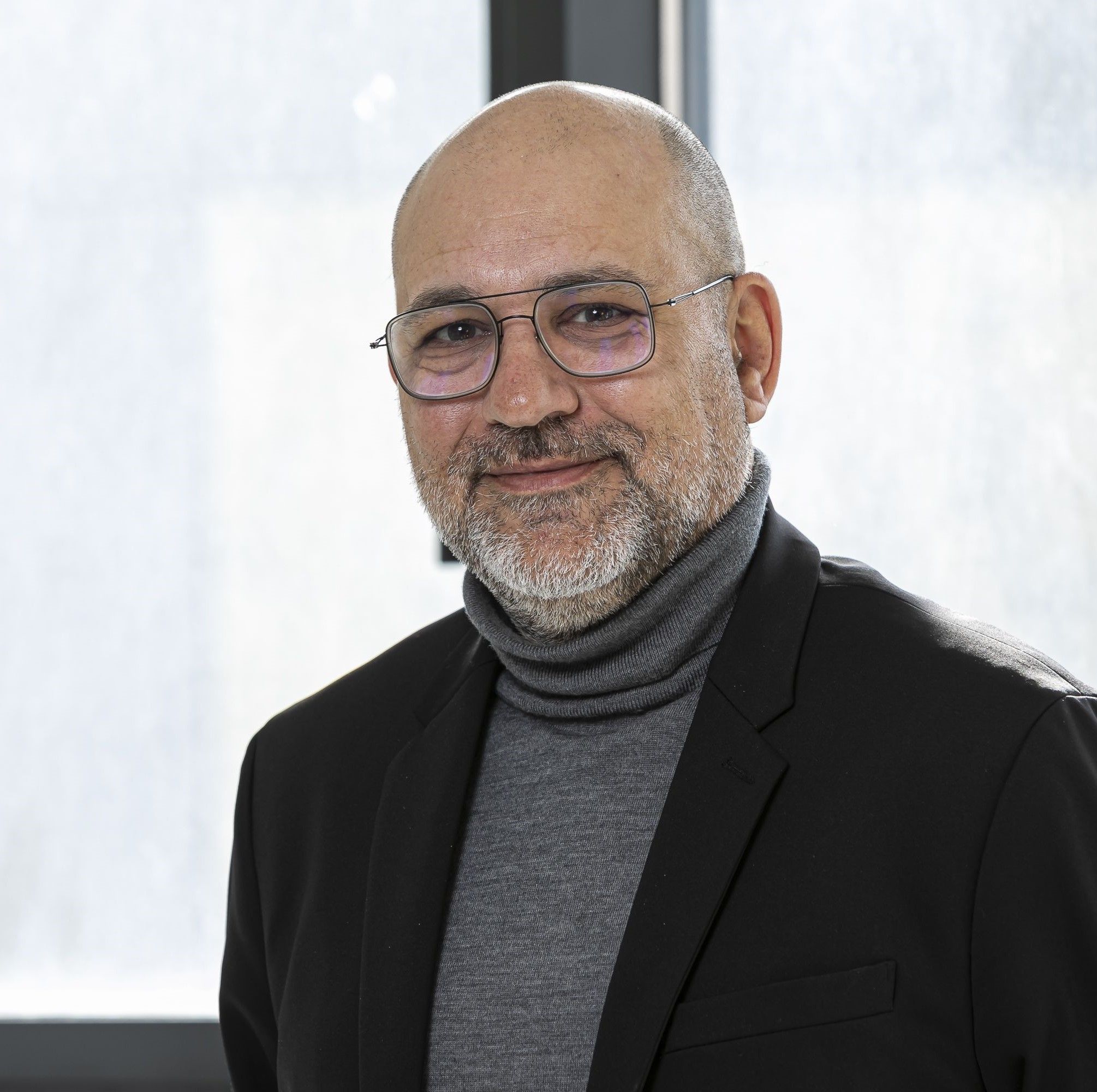
19
de Novembre
de
2015
Act.
25
de Novembre
de
2015
A death only a kilometre from home affects us more than ten thousand some ten thousand kilometres away, something that is known as the theory of kilometric death. The empathy generated by a misfortune is inversely proportional to how far away we are from the victims. This is the traditional explanation for why some misfortunes make the front pages and provoke public protest, while others are barely mentioned in newspapers or via a tweet by Xavier Aldekoa.
However, since the attacks on the London underground in July 2005, there is another variable in the equation: social media. While it is true that in 2005 they were not known as such, as Twitter did not even exist and mobile websites were a caricature of what they are today, photos and videos could be taken and sent on mobile devices. It was the first time we saw photos and videos of the attacks taken by the victims themselves in real time. It is here that kilometric death drew nearer.
Most of the people I have asked say that they learnt of the news of the weekend attacks in Paris via mobile, on Whatsapp, Twitter or Facebook, and until television and radio channels began to broadcast special programmes, the only source of information were these mobile apps. A special mention for Periscope, which was used by those affected to send live video.
As Saturday night progressed, social media mixed information from personal contacts, the media, the police and the victims themselves. Particularly terrifying was the witness testimony of a hostage who updated his Facebook wall from inside Bataclan and the paradoxical case of spectators inside the Stade de France who found out what was happening to them thanks to Twitter.
It is no trivial matter and not because the social media are ahead of television and radio channels or because they include the testimony of those involved as it happened, which in itself is relevant, but rather because the information arrived by mobile. What was happening did not come to us through the window of the television, but rather through mobile, our own more intimate window. This personal connection, unmoderated between the observer sitting on his or her sofa at home and the victim fighting for his life in Bataclan creates a strange connection that results in a collective media memory of the events that skip the barriers of space and time.
Past and future are compressed into a type of continuum in which here is everywhere and the impact of a misfortune depends more on the degree of separation between the observer and the victim rather than the physical distance between the two; from kilometric death to kilometre zero death.
However, since the attacks on the London underground in July 2005, there is another variable in the equation: social media. While it is true that in 2005 they were not known as such, as Twitter did not even exist and mobile websites were a caricature of what they are today, photos and videos could be taken and sent on mobile devices. It was the first time we saw photos and videos of the attacks taken by the victims themselves in real time. It is here that kilometric death drew nearer.
Most of the people I have asked say that they learnt of the news of the weekend attacks in Paris via mobile, on Whatsapp, Twitter or Facebook, and until television and radio channels began to broadcast special programmes, the only source of information were these mobile apps. A special mention for Periscope, which was used by those affected to send live video.
As Saturday night progressed, social media mixed information from personal contacts, the media, the police and the victims themselves. Particularly terrifying was the witness testimony of a hostage who updated his Facebook wall from inside Bataclan and the paradoxical case of spectators inside the Stade de France who found out what was happening to them thanks to Twitter.
It is no trivial matter and not because the social media are ahead of television and radio channels or because they include the testimony of those involved as it happened, which in itself is relevant, but rather because the information arrived by mobile. What was happening did not come to us through the window of the television, but rather through mobile, our own more intimate window. This personal connection, unmoderated between the observer sitting on his or her sofa at home and the victim fighting for his life in Bataclan creates a strange connection that results in a collective media memory of the events that skip the barriers of space and time.
Past and future are compressed into a type of continuum in which here is everywhere and the impact of a misfortune depends more on the degree of separation between the observer and the victim rather than the physical distance between the two; from kilometric death to kilometre zero death.
